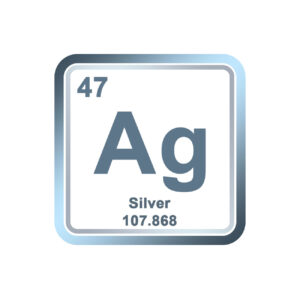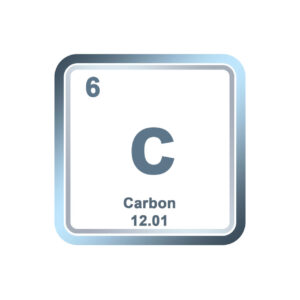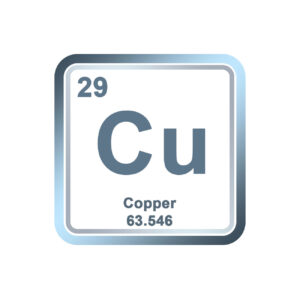Tungsten
Overview of Tungsten Carbide in Essential Manufacturing
Per the United States Geological Survey National Mineral Information Center, there is currently NO known domestic commercial production of raw tungsten concentrates. Approximately six companies in the United States, including National Research, used chemical processes to convert tungsten concentrates, ammonium paratungstate (APT), tungsten oxide, and (or) scrap to tungsten metal powder, tungsten carbide powder, and (or) tungsten chemicals. Nearly 60% of the tungsten used in the United States was used in cemented carbide parts for cutting and wear-resistant applications, including the medical, construction, metalworking, mining, and oil and gas drilling industries; as well as, making various alloys and specialty steels; electrodes, filaments, wires, and other components for electrical, electronic, heating, lighting, and welding applications; and chemicals for various applications. The estimated value of apparent consumption in 2019 was approximately $700 million.
Product Description
USGS Tungsten Report 2020
Tungsten is among the world’s hardest materials. The metal’s ability to withstand extreme temperatures makes it irreplaceable in applications such as cemented carbide tools, medical tools, “hard steel” drill bits for oil and gas exploration, rocket engine nozzles, cathode-ray tubes as well as vacuum tube filaments, and filaments in incandescent light bulbs. Increasingly, tungsten is finding its way into new technologies. Its hardness, stability and ability to withstand extreme temperatures make it desirable in the manufacturing of electrodes and components used in touch screens, such as those required in life saving respirators. With the explosion of touch screen technology, demand for tungsten, which already was growing six percent annually, is increasing dramatically.
China, which has more than 80% of the world’s supply of tungsten, has sharply curtailed its exports and as of now is a net importer of this precious element. China also shows no signs of loosening the reins on tungsten exports, preferring instead to use its supply for its own manufacturing applications. For the foreseeable future, the rest of the world has to look elsewhere for supply. Russia, the second largest producer, keeps 70% of what it has for domestic use. Currently, that leaves no more than five mines supplying most of the world’s tungsten outside of China and Russia.
Tungsten Carbide in Medical
Human health is a fragile ecosystem that needs to be nurtured and protected at all times, and since people do a poor job with that as it is, we have to rely on products that can make the threat to our health lower while we are still performing health detrimental tasks. Tungsten is particularly critical in this area and because of the properties that tungsten carbide possesses, there are several medical instruments made currently tungsten alloys. Some of these include:
- Technology Display Components
- Forceps and Needle Holders
- Bone Rasps and Scissors
- Scalpels
- Screwdriver and Drill Bits
- Surgical Pin and Wire Cutters
- Oncology Instruments
- PPE Metal Components
- Containment Crates
- Medical Isotope Production
- Butterfly Probes
- Multileaf Collimators
- Radiation Shielding
- Syringe Shielding
- Transport
- Lead Replacement
Tungsten Heavy Alloy is also a well-known component for creating shielding which are used for X Ray scans since tungsten can withstand high temperature and keep environmental radiation exposure at almost zero. Tungsten carbide is actually a superior material for protecting both human tissue and electronic equipment. The material performs flawlessly during X-rays, can be used to create a viable equipment barrier, and can be used to provide syringe protection for injections. They are often used as components or final parts for many diagnostics and therapeutic medical devices.
The use of carbide in the medical industry offers another important application for the material because the tools that are made from it are often being used to save lives. Surgical tools are one of the most notable uses for grafted carbide as the stem of the tool is typically made of stainless steel or titanium, while the blade, tip, or end is made from carbide. Not only can carbide blades be sharpened to have a much finer edge due to the material’s hardness, but its resistance to pitting and rusting helps to give tools tipped with it much greater longevity.






Reviews
There are no reviews yet.